Home>diy>Architecture & Design>What Does A Split Floor Plan Mean
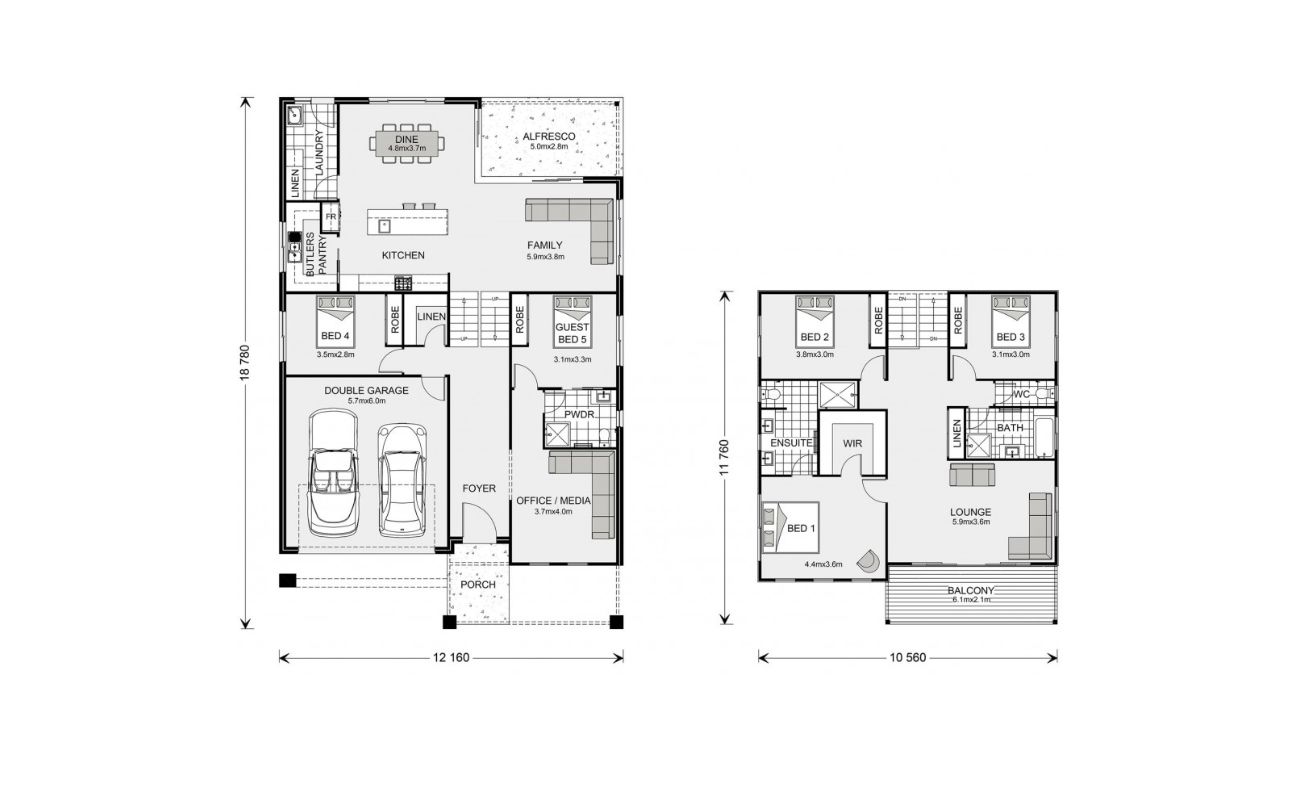

Architecture & Design
What Does A Split Floor Plan Mean
Modified: January 4, 2024
Discover the meaning of a split floor plan in architecture and design. Find out how it can enhance functionality and aesthetics in your home.
(Many of the links in this article redirect to a specific reviewed product. Your purchase of these products through affiliate links helps to generate commission for Storables.com, at no extra cost. Learn more)
Introduction
When it comes to designing a home, there are many factors to consider, and one of the most important aspects is the floor plan. The layout of a home can greatly impact its functionality, flow, and overall aesthetics. One popular option that homeowners often choose is a split floor plan.
In this article, we will explore what exactly a split floor plan is and delve into its benefits and drawbacks. We will also discuss some popular features of split floor plans, provide examples, and highlight the factors you should consider before choosing this type of floor plan for your own home.
Whether you’re a first-time homebuyer or looking to remodel your current space, understanding the ins and outs of a split floor plan can help you make an informed decision that suits both your lifestyle and design preferences.
So, let’s dive in and explore the world of split floor plans!
Key Takeaways:
- Split floor plans offer enhanced privacy, distinct zones, and an open feel, making them a versatile and visually appealing option for homeowners seeking a functional and organized living space.
- While split floor plans provide benefits such as natural light and flexibility, it’s essential to consider potential drawbacks like stairs, cohesiveness, and construction costs before choosing this layout for your home.
Read more: What Is A Split Floor Plan
Definition of a Split Floor Plan
A split floor plan, also known as a split-level or bi-level floor plan, is a type of layout where the different living areas of a home are separated by short flights of stairs rather than being on the same level. This design creates distinct zones within the home and allows for more privacy and separation between different areas.
In a traditional split floor plan, the entryway usually opens into a foyer or hallway that leads to different levels of the home. These levels are typically divided into two or three sections: a lower level (sometimes referred to as the “basement” or “ground level”), an intermediate level, and an upper level (often called the “main level”).
The lower level typically houses spaces such as a family room, recreation area, home office, or additional bedrooms. It is usually partially submerged below ground level, offering a cozy, tucked-away atmosphere. The intermediate level often consists of a few steps up or down from the main level and might feature a laundry room or access to the garage.
The main level of a split floor plan is typically where the common living areas are located, such as the kitchen, dining room, and living room. It is usually considered the heart of the home and provides a central gathering space for the family and guests.
Split floor plans are known for their unique architectural design, which showcases different levels, angles, and visual interest. They can be found in a variety of architectural styles, including modern, contemporary, and traditional homes.
Overall, a split floor plan offers a distinct separation of functional spaces while maintaining a sense of openness and connectivity. It creates a visually appealing and dynamic layout that can accommodate varying lifestyle needs and preferences.
Benefits of a Split Floor Plan
Split floor plans offer several advantages that make them a popular choice among homeowners. Let’s explore some of the key benefits:
- Privacy and Noise Control: One of the main advantages of a split floor plan is the enhanced privacy it offers. With the different living areas separated on different levels, each space can be designated for specific uses, providing privacy for occupants. Additionally, the division of spaces by levels can help reduce noise transfer between rooms, allowing for a quieter and more peaceful living environment.
- Distinct Zones: Split floor plans allow for the creation of distinct zones within a home. Each level can be dedicated to a particular function, such as sleeping areas on the upper level and entertainment areas on the lower level. This zoning provides a sense of organization and allows family members to have their own space while still being connected within the same overall living area.
- Open and Airy Feel: Split floor plans often feature open layouts on the main level, with a seamless flow between the kitchen, dining room, and living room. This open design creates a spacious and airy feel, making the home feel larger than it actually is. It also promotes easy communication and interaction between family members and guests, making it ideal for hosting gatherings and entertaining.
- Natural Light: Another benefit of split floor plans is the opportunity to maximize natural light in different areas of the home. With multiple levels, there are more opportunities for windows, allowing sunlight to penetrate different rooms from various angles. This abundance of natural light not only enhances the visual appeal of the home but also creates a bright and inviting atmosphere.
- Flexibility and Adaptability: The separation of spaces in a split floor plan allows for flexibility and adaptability. Each level can be customized to suit specific needs and preferences. For example, the lower level could be transformed into a home office, gym, or guest suite. This versatility makes split floor plans a practical choice for growing families or those who require adaptable living spaces.
By taking advantage of the privacy, distinct zones, open feel, natural light, and versatility of a split floor plan, homeowners can enjoy a functional, comfortable, and visually appealing living space that meets their unique needs and lifestyle.
Drawbacks of a Split Floor Plan
While split floor plans certainly have their advantages, it’s important to consider some potential drawbacks before deciding if it’s the right choice for your home. Here are a few key drawbacks to keep in mind:
- Stairs: One of the main disadvantages of a split floor plan is the presence of stairs. While stairs can add architectural interest, they can also be a challenge for individuals with mobility issues or those who prefer a single-level living space. Additionally, navigating stairs may become more difficult as you age, so it’s important to consider your long-term needs and whether stairs will be a hindrance in the future.
- Lack of Cohesiveness: The division of living areas into different levels can sometimes result in a lack of cohesiveness in the overall design. Each level may have a different aesthetic or style, and it can be challenging to create a seamless flow throughout the home. Careful consideration of the design elements, such as flooring, lighting, and color schemes, is needed to ensure a cohesive and harmonious look.
- Reduced Natural Light: While split floor plans can offer ample natural light, certain areas of the home, especially those on lower levels, may receive less sunlight due to their placement. This can result in darker and potentially dimly lit areas, which may require additional artificial lighting to compensate. It’s essential to consider the orientation and placement of your home to ensure sufficient natural light in all areas.
- Limited Outdoor Access: Split floor plans often allocate the main living areas to the upper level, which can limit convenient outdoor access. This can make it challenging to access outdoor spaces, such as a backyard or patio, without having to navigate stairs. If outdoor living and easy access to the outdoors are priorities for you, it’s worth considering alternative floor plan options that prioritize outdoor connectivity.
- Cost of Construction: Constructing a split floor plan can be more complex and costly than building a traditional single-level design. The multiple levels require additional structural components, such as extra stairs, supports, and floor systems, which can increase construction expenses. It’s important to factor in the potential cost implications when budgeting for your home or renovation project.
While these drawbacks should be considered, they may not outweigh the benefits for individuals who prioritize privacy, distinct zones, and an open layout in their home design. It’s crucial to weigh both the pros and cons, and consider your specific needs and preferences before deciding on a split floor plan.
A split floor plan means that the bedrooms are separated by common living areas, providing more privacy and less noise between rooms. This layout is great for families or roommates who value privacy.
Popular Features of Split Floor Plans
Split floor plans come with a variety of features that contribute to their appeal and functionality. Let’s explore some of the popular features often found in split floor plans:
- Vaulted Ceilings: Many split floor plans feature vaulted ceilings, particularly in the main living areas. Vaulted ceilings add a sense of grandeur and spaciousness to the home, creating an open and airy atmosphere.
- Master Suite Separation: Split floor plans often have the master suite situated in a separate part of the home, providing privacy and seclusion. This separation allows for a peaceful retreat away from the other living areas.
- Mudroom/Laundry Room: Split floor plans commonly include a mudroom or laundry room, typically located near the entryway or garage. These spaces serve as a convenient area for storing outerwear, shoes, and laundry equipment, keeping the main living areas clutter-free.
- Lower-Level Recreation Areas: In many split floor plans, the lower level is reserved for recreational purposes. It can often feature a spacious family room, a home theater, or even a game room. These areas provide entertainment options for the whole family.
- Outdoor Living Spaces: Split floor plans may include outdoor living spaces such as decks, patios, or balconies. These spaces allow homeowners to enjoy the outdoors and can be accessed from various levels of the home.
- Ample Storage: Storage is an essential consideration in any home, and split floor plans often incorporate ample storage solutions. This can include walk-in closets, built-in shelving, or even storage rooms on the lower level.
- Flex Rooms: Split floor plans often include additional flexible rooms that can be used for various purposes. These rooms can serve as a home office, playroom, guest room, or exercise space, providing versatility to accommodate evolving needs.
- Garage Space: Split floor plans usually have attached garages located on the lower level or intermediate level, providing convenient access to vehicles and additional storage space.
These popular features contribute to the functionality, appeal, and flexibility of split floor plans. Whether it’s the use of vaulted ceilings, the separation of the master suite, or the inclusion of recreation areas and outdoor spaces, these features enhance the overall living experience within a split floor plan home.
Read more: What Does “WH” Mean In A Floor Plan
Examples of Split Floor Plans
Split floor plans can be found in a variety of architectural styles and designs. Here are a few examples of split floor plans that showcase the versatility of this layout:
- Traditional Split-Level Home: This classic split floor plan features a front entry that opens onto a small foyer. From there, a short set of stairs leads to both the upper and lower levels. The upper level typically consists of the main living areas, including the kitchen, dining room, and living room. The lower level is often dedicated to additional bedrooms, a family room, or a home office.
- Contemporary Split-Level Home: A contemporary split floor plan often incorporates a more open concept design. The main level includes a spacious and interconnected kitchen, dining area, and living room, creating a seamless flow. The upper level typically houses the bedrooms, while the lower level may feature a recreation room, guest suite, or even a home gym.
- Modern Split-Level Home: In a modern split floor plan, clean lines and minimalist design elements take center stage. The main level may feature an open kitchen, dining, and living area, with large windows providing ample natural light. The upper level usually contains the bedrooms, including a spacious master suite. The lower level may be utilized as a versatile space that can be customized to suit individual needs and preferences.
- Ranch-Style Split Floor Plan: A ranch-style split floor plan incorporates a single level design combined with a partial lower level or partial upper level. The main level typically includes the common living areas, bedrooms, and bathrooms, while the lower or upper level may offer additional living space, such as a family room, home theater, or hobby room.
These examples highlight the range of possibilities available with split floor plans. From traditional to contemporary and modern designs, there is a split floor plan to suit every architectural style and personal taste.
When considering a split floor plan, it’s important to explore different designs, consult with architects or designers, and visualize how each layout fits your specific needs and lifestyle. By doing so, you can find the perfect split floor plan that combines functionality, aesthetic appeal, and reflects your unique vision for your dream home.
Factors to Consider before Choosing a Split Floor Plan
Before deciding on a split floor plan for your home, it’s essential to consider several factors to ensure it aligns with your needs, preferences, and long-term goals. Here are some key factors to consider:
- Lifestyle: Evaluate your lifestyle and how a split floor plan will accommodate your daily routines. Consider factors such as the number of family members, entertaining habits, and privacy needs. A split floor plan can offer separate zones for different activities, but it’s important to ensure that it caters to your specific lifestyle requirements.
- Accessibility: Assess the accessibility of a split floor plan, especially if you have mobility challenges or plan to age in place. Consider whether the presence of stairs will be a barrier for you or your loved ones. If accessibility is a concern, it may be more suitable to explore single-level floor plan options that eliminate the need for stairs.
- Site and Orientation: Consider the orientation and characteristics of your building site. Orientation plays a significant role in natural light availability, energy efficiency, and outdoor living potential. Assess how the split floor plan aligns with the site’s conditions and how it takes advantage of natural elements and views.
- Budget: Evaluate the financial implications of building or remodeling a split floor plan. Split floor plans may involve additional construction costs due to the multiple levels, stairs, and reinforcing structures. Ensure that your budget can accommodate these potential expenses.
- Furniture Placement: Consider the layout and size of your furniture pieces and how they will fit within a split floor plan. Take note of any challenges that may arise when it comes to arranging furniture on different levels and how it might impact the flow and functionality of the spaces.
- Resale Value: Consider the resale potential of a split floor plan. While split floor plans can be appealing to many buyers, it’s essential to assess the market preferences in your area. A well-designed and well-executed split floor plan can potentially increase the value of your home, but ensure it aligns with the local real estate market trends and demands.
- Architectural Style: Consider the architectural style of your home and how a split floor plan will complement or enhance its overall aesthetic. Different architectural styles lend themselves to different floor plan layouts, so ensure that the split floor plan aligns with your desired architectural vision.
By carefully considering these factors, you can make an informed decision about whether a split floor plan is the right choice for your home. Remember to consult with professionals such as architects, builders, and designers who can provide expert advice and guidance tailored to your specific needs.
Ultimately, choosing the right floor plan is crucial for creating a home that suits your lifestyle, promotes functionality, and brings your vision to life.
Conclusion
Split floor plans offer a unique and versatile option for homeowners looking for a layout that combines privacy, distinct zones, and an open feel. By dividing living areas into different levels, split floor plans provide a sense of organization, functionality, and aesthetic appeal.
Throughout this article, we defined what a split floor plan is and discussed its benefits, drawbacks, popular features, examples, and factors to consider before choosing this type of floor plan. We explored how split floor plans offer enhanced privacy, distinct zones, an open and airy feel, ample natural light, flexibility, and adaptability.
However, it’s crucial to consider potential drawbacks, such as the presence of stairs, possible lack of cohesiveness, reduced natural light in certain areas, limited outdoor access, and the cost of construction. Understanding these drawbacks will help you make an informed decision and assess whether a split floor plan aligns with your needs and preferences.
We also highlighted popular features often found in split floor plans, such as vaulted ceilings, master suite separation, mudrooms/laundry rooms, lower-level recreation areas, outdoor living spaces, ample storage, flex rooms, and garage space.
Furthermore, we provided examples of different split floor plan designs, ranging from traditional to contemporary and modern styles. These examples showcased the versatility and possibilities of split floor plans, allowing you to visualize how this layout can suit your architectural style preferences.
Lastly, we emphasized the importance of considering factors such as lifestyle, accessibility, site and orientation, budget, furniture placement, resale value, and architectural style before choosing a split floor plan. Evaluating these factors will ensure that the split floor plan you select is a perfect fit for your specific needs, enhances your lifestyle, and aligns with your long-term goals.
In conclusion, a split floor plan can be a fantastic choice for those seeking a functional, visually appealing, and versatile home layout. By carefully considering the pros and cons, exploring popular features, and examining your personal requirements, you can confidently choose a split floor plan that creates a harmonious living space tailored to your lifestyle and preferences.
Frequently Asked Questions about What Does A Split Floor Plan Mean
Was this page helpful?
At Storables.com, we guarantee accurate and reliable information. Our content, validated by Expert Board Contributors, is crafted following stringent Editorial Policies. We're committed to providing you with well-researched, expert-backed insights for all your informational needs.
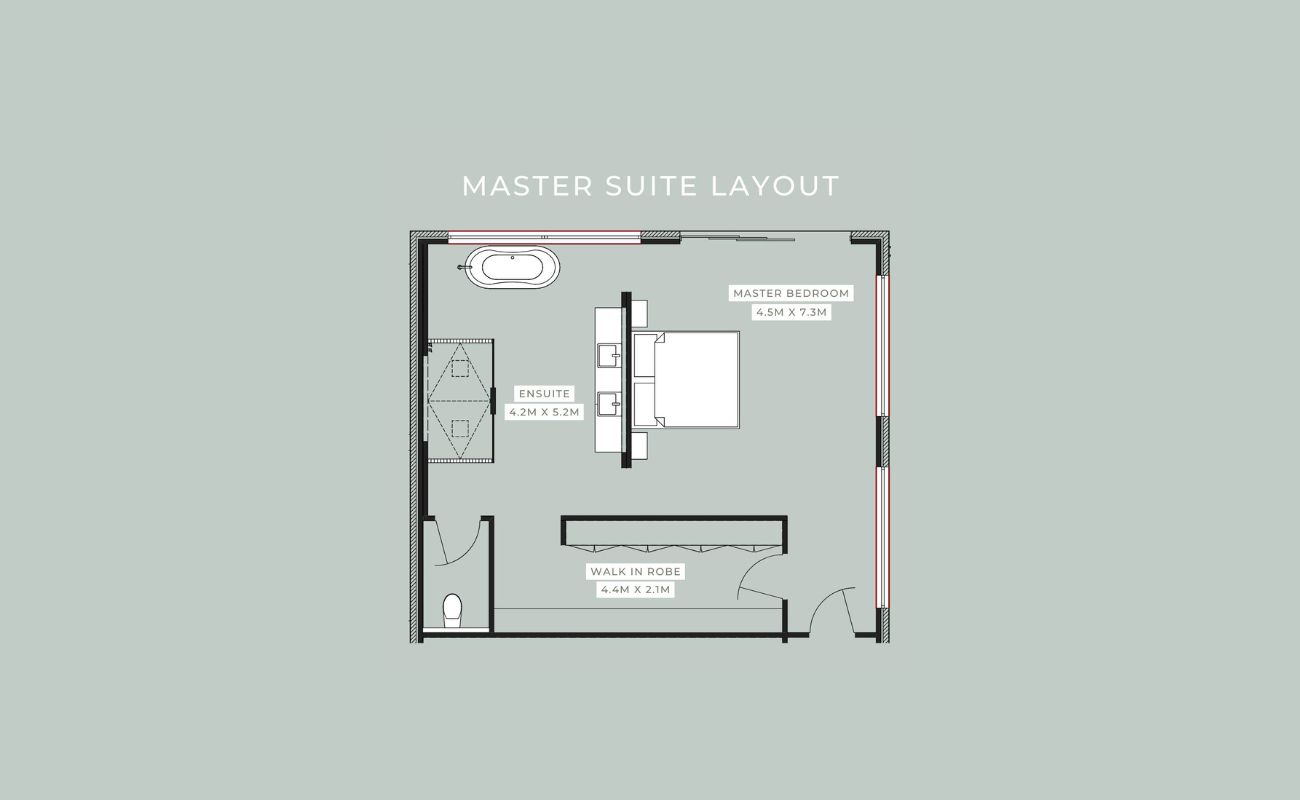
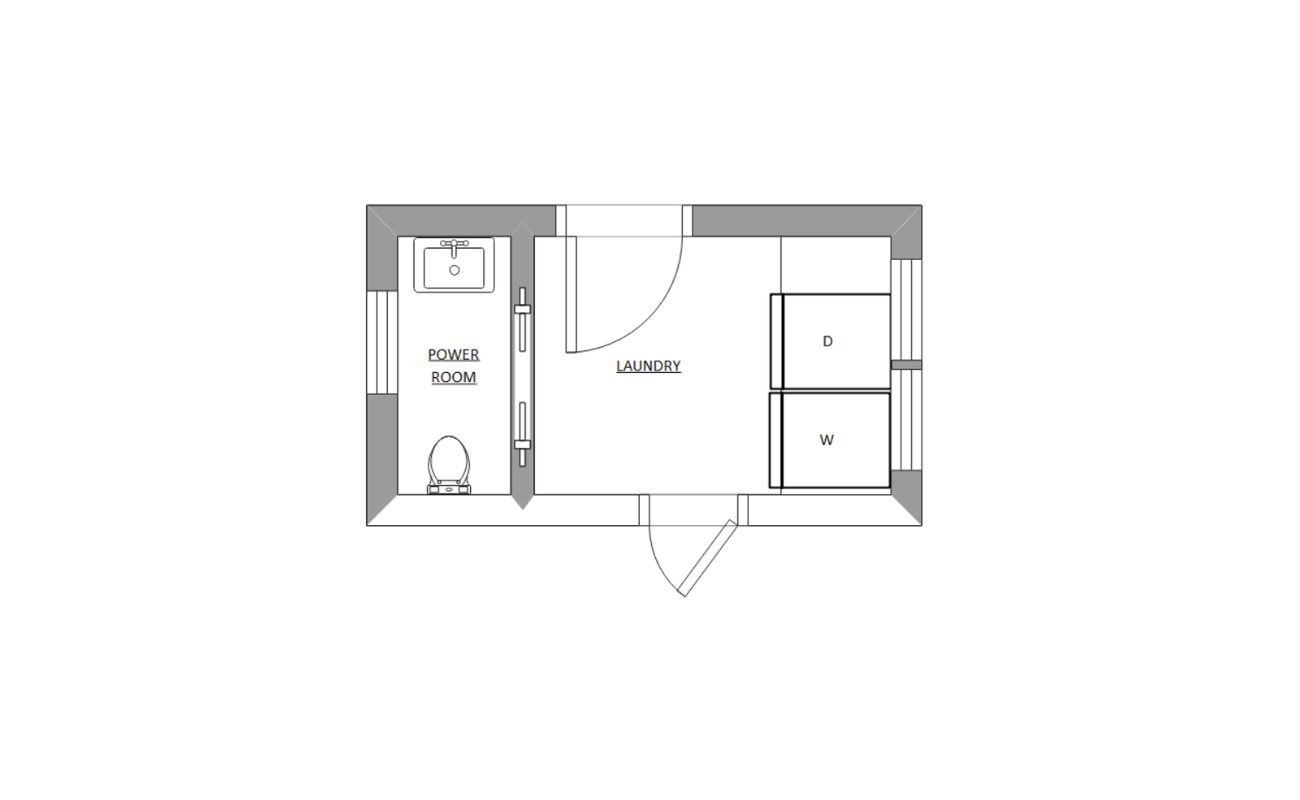
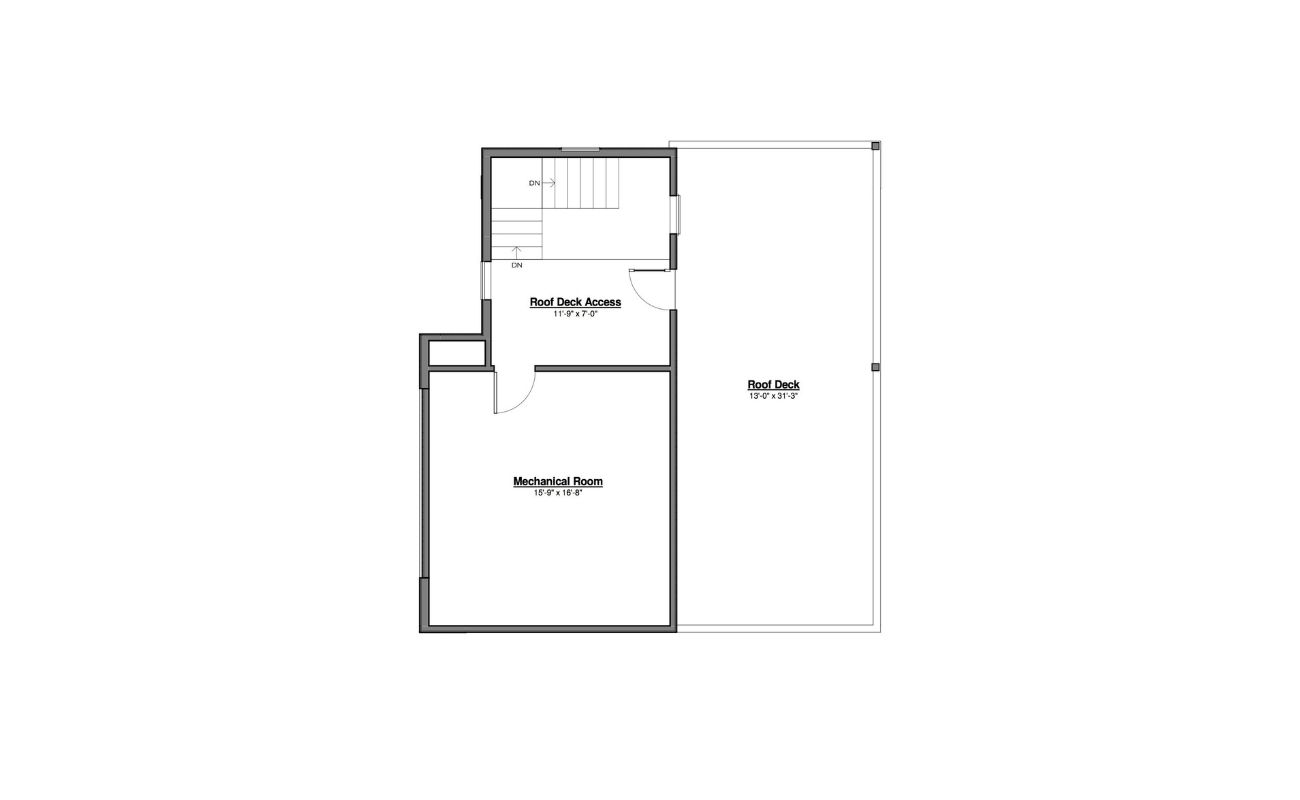

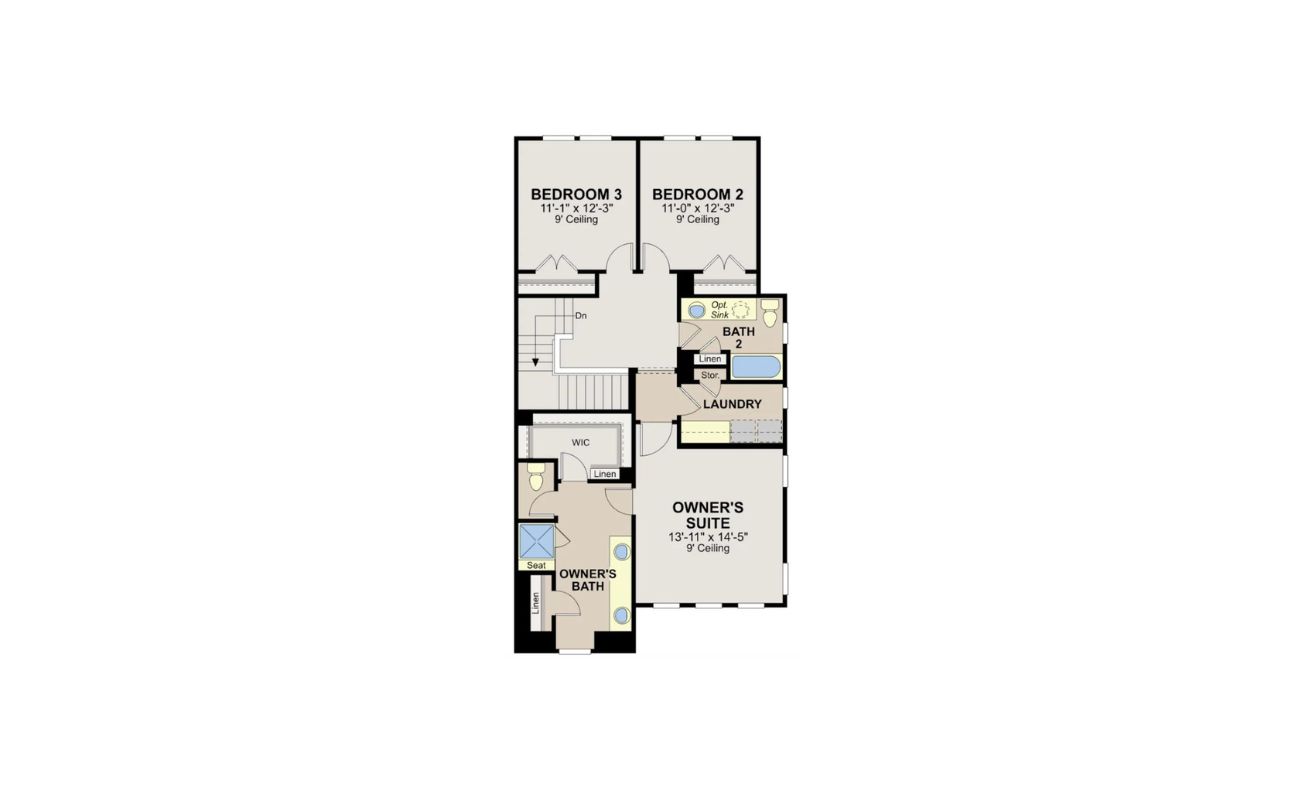
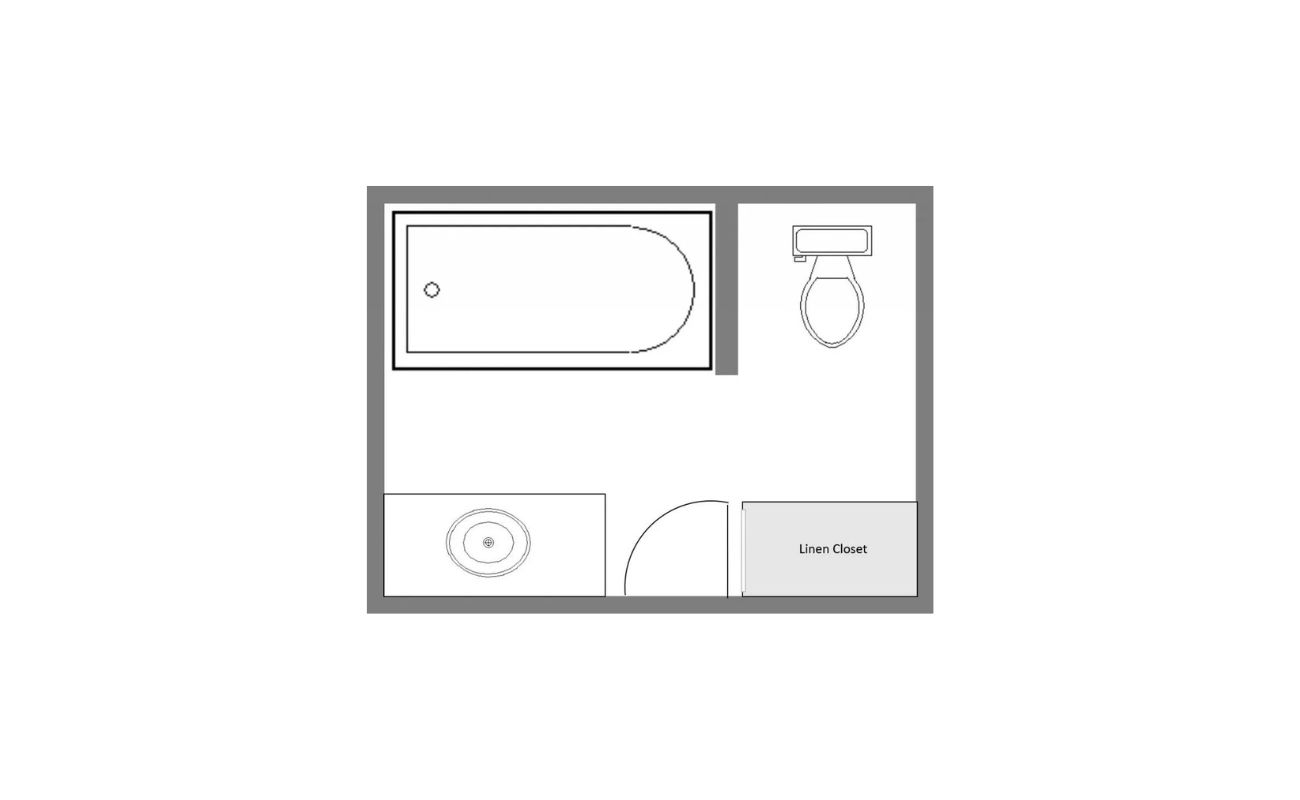
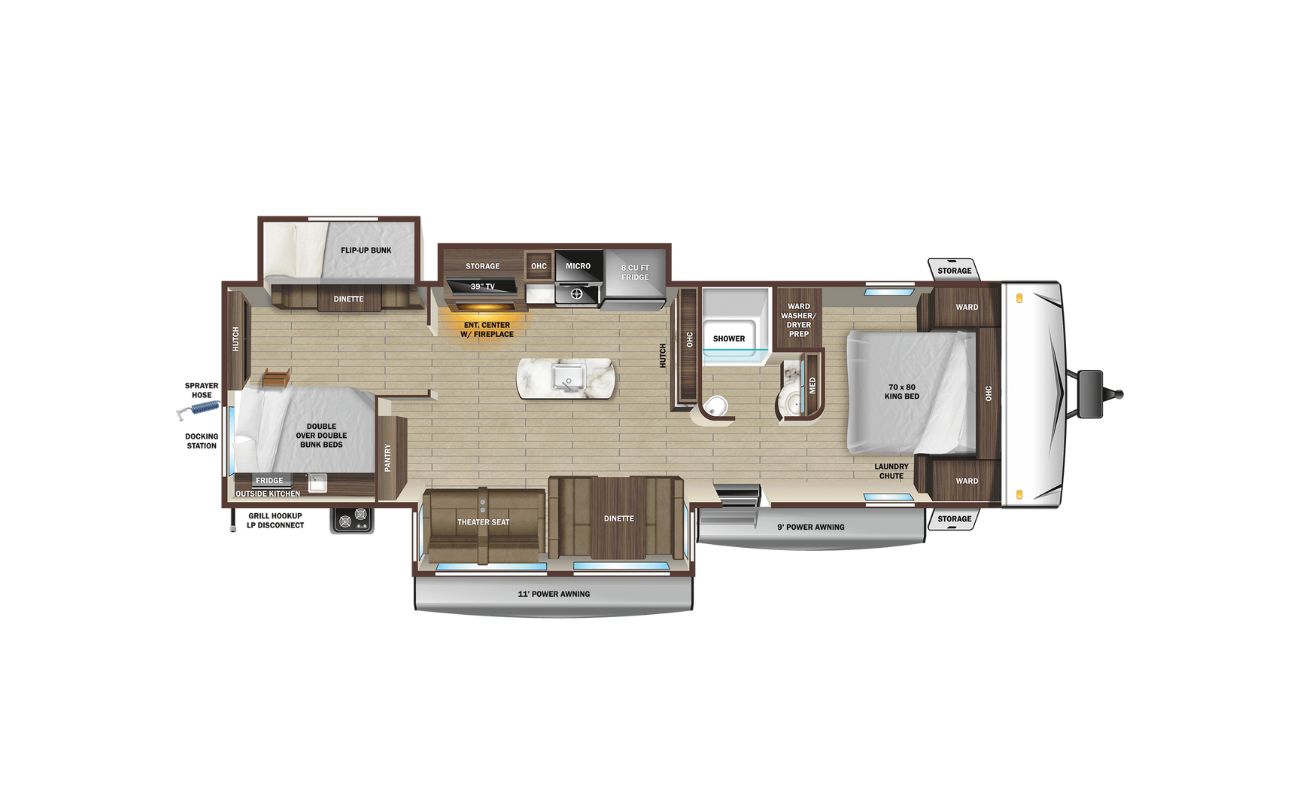
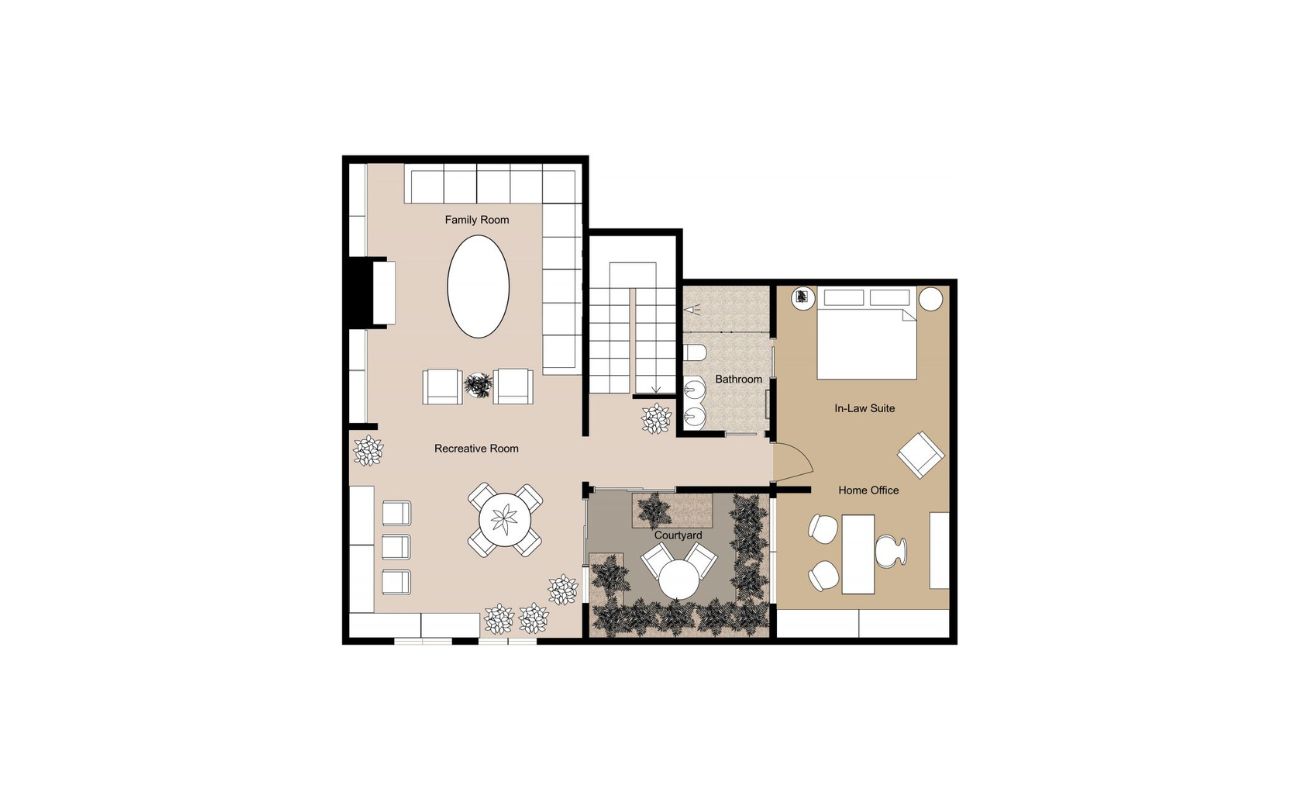
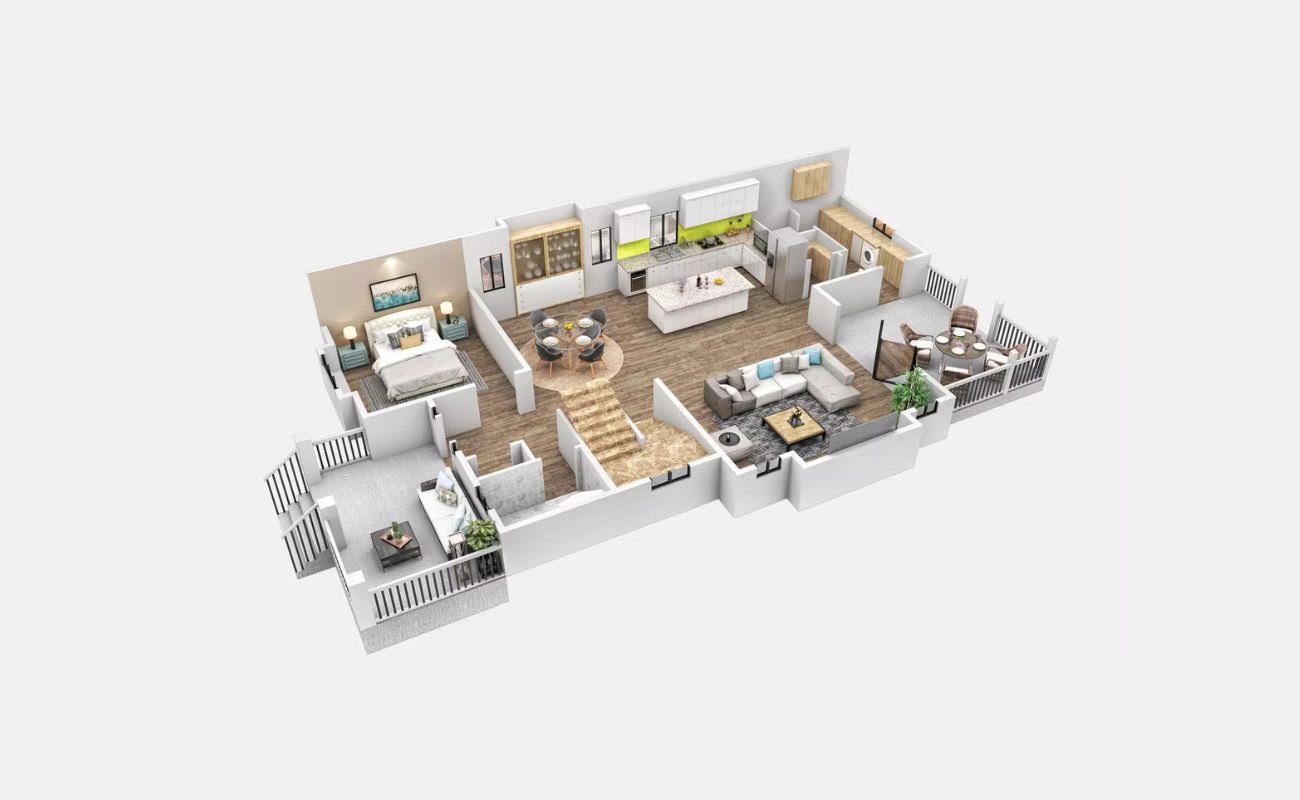
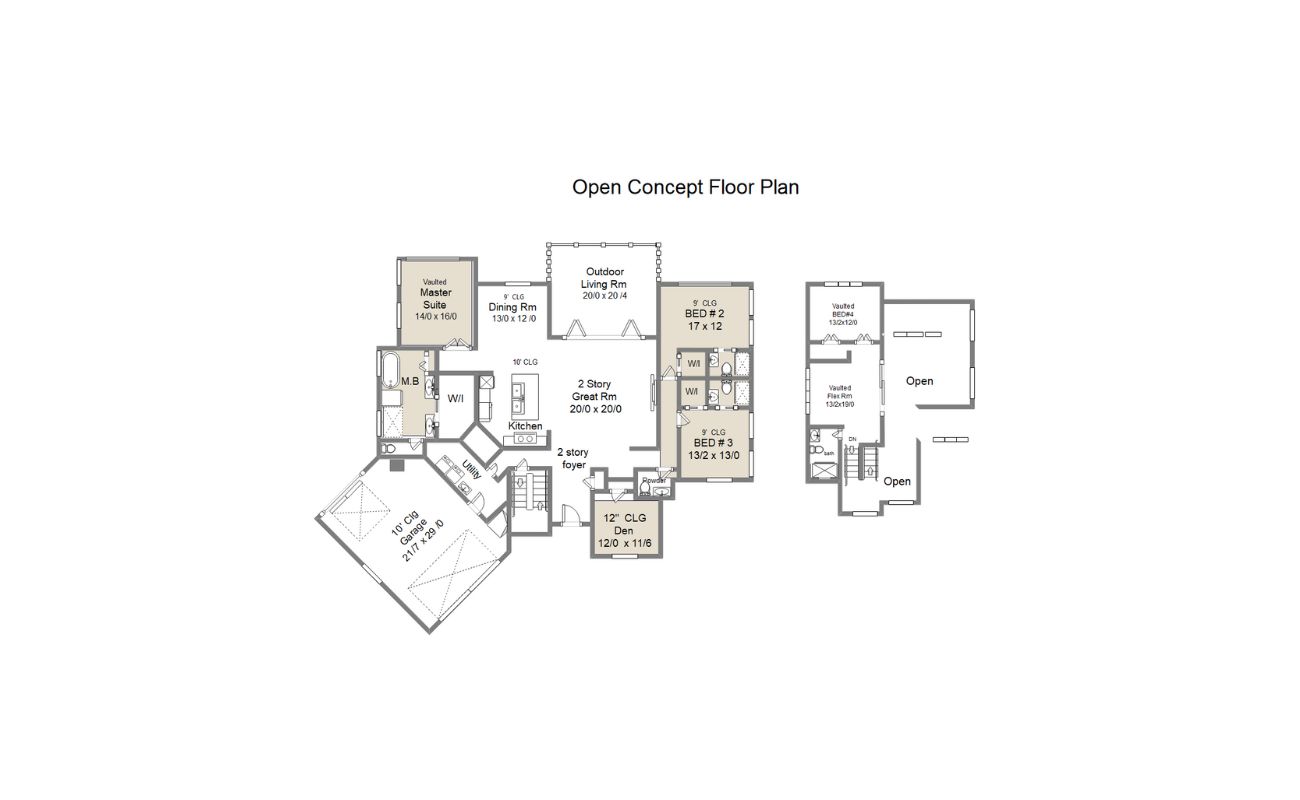
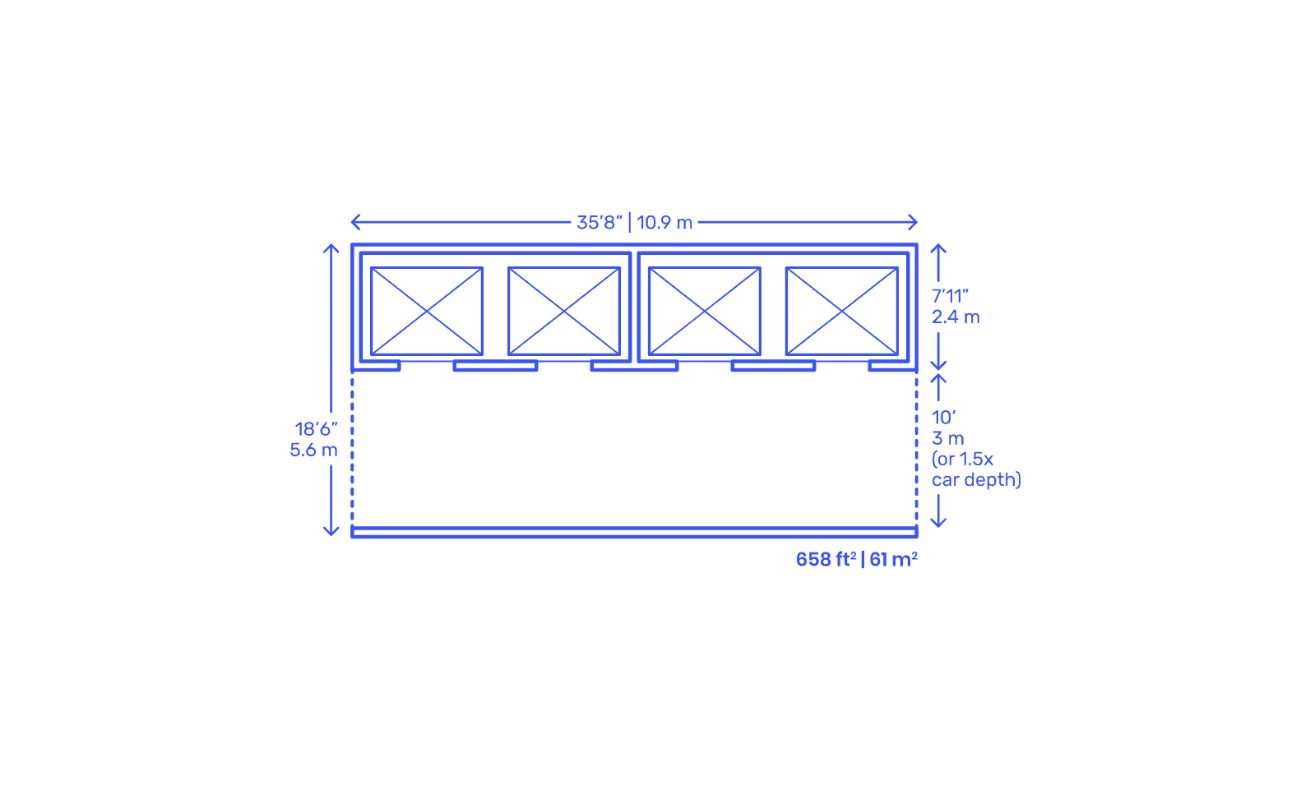
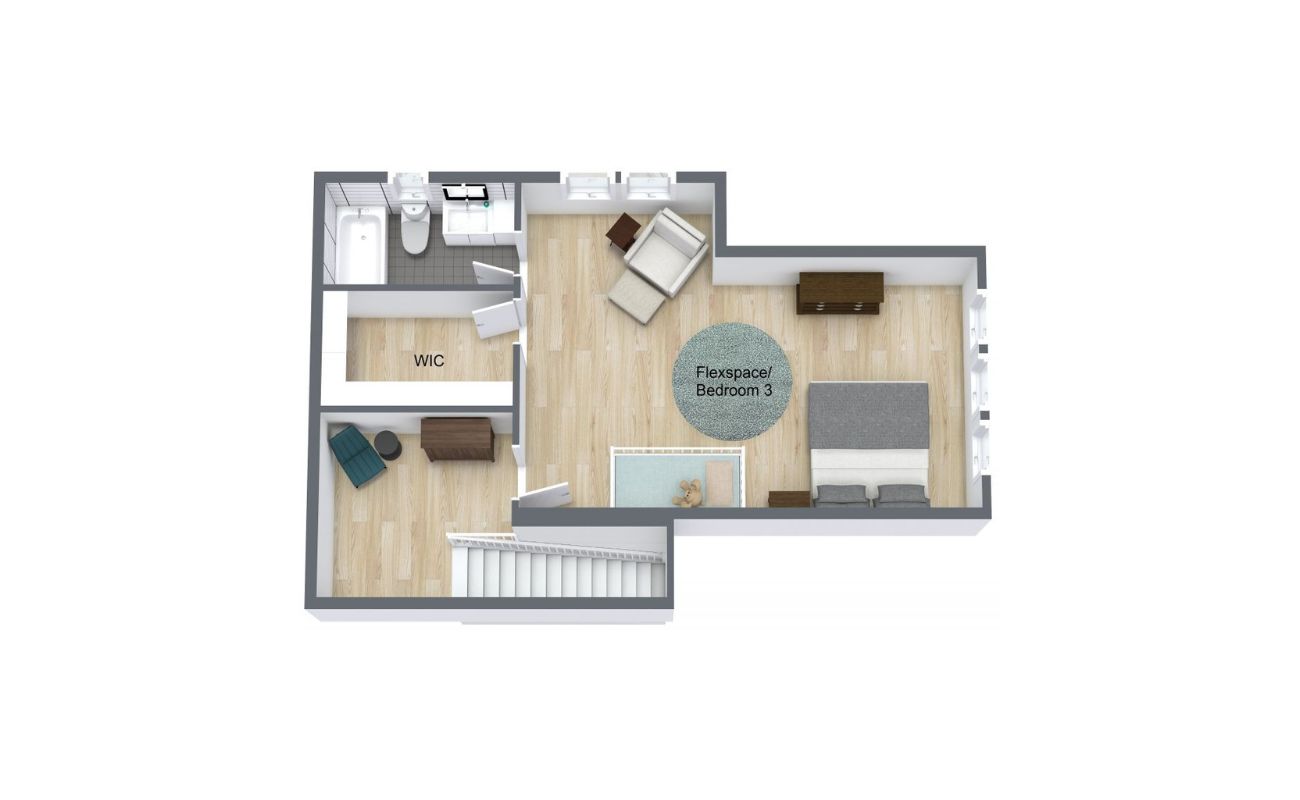
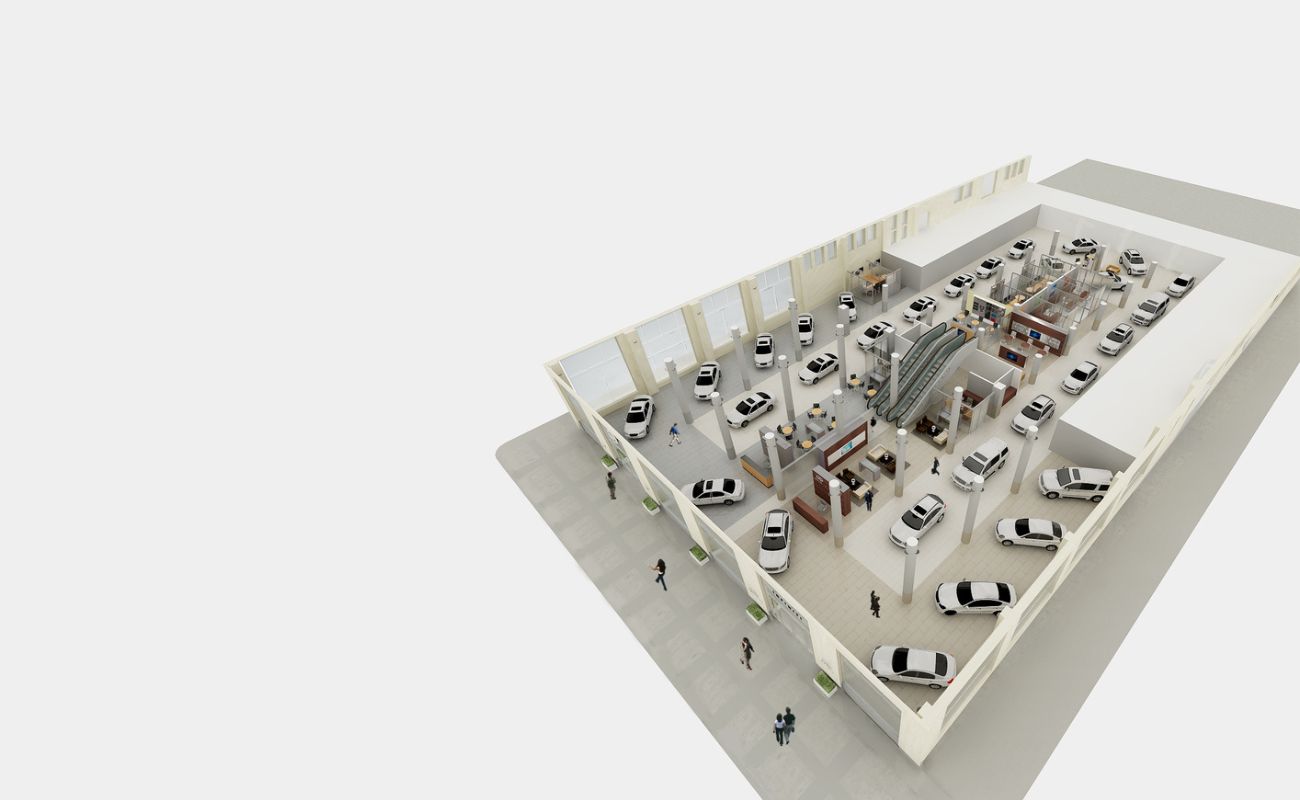
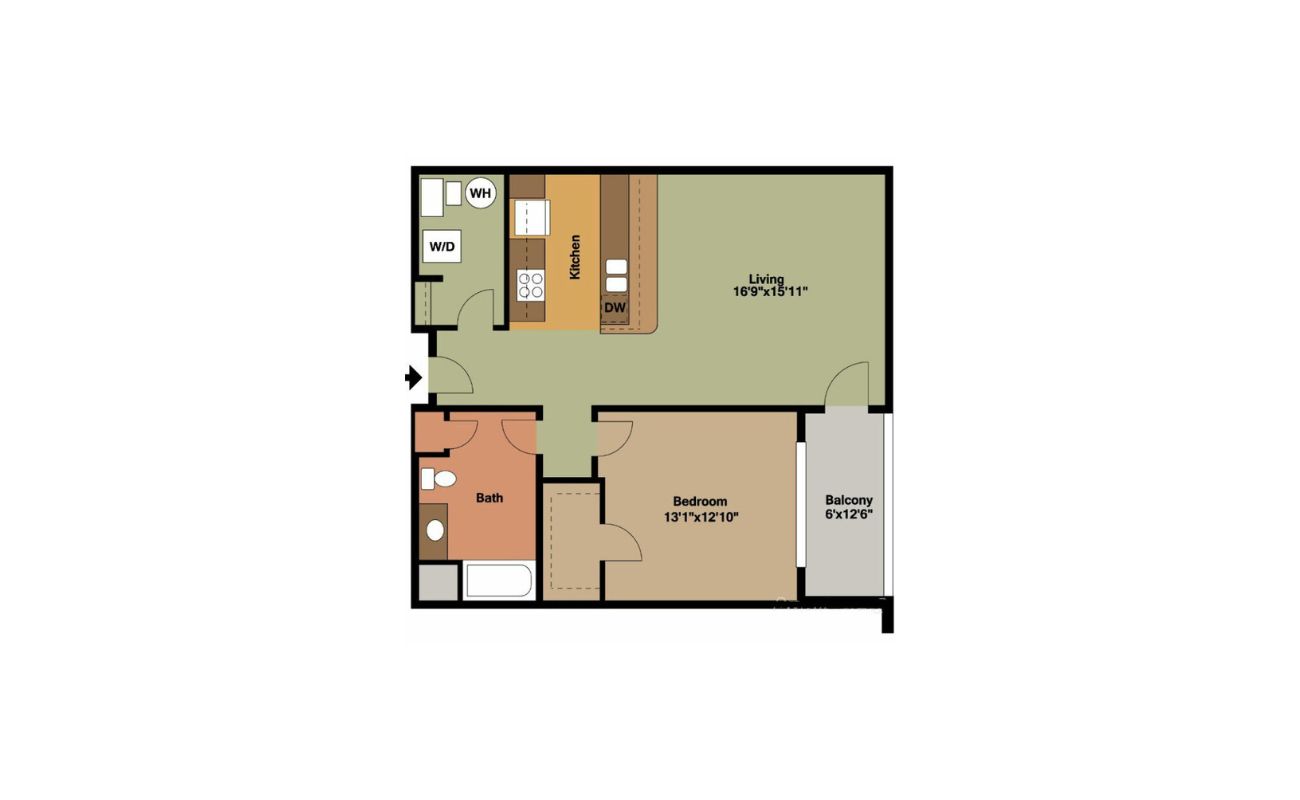

0 thoughts on “What Does A Split Floor Plan Mean”